Traeger Pro vs Ironwood: Is the Upgrade Worth It?
Choosing the perfect grill for your backyard or deck can be challenging, especially if you’re caught between the Traeger Pro series and Traeger Ironwood series. After all, both of these grills have similar features, capacities, and functions.
This guide will help you learn more about both of these grill types, ensuring that you make the best choice for your needs, preferences, and budget. Without further ado, let’s compare the Traeger Pro and Ironwood grills to discover how they’re similar and in which ways they differ.
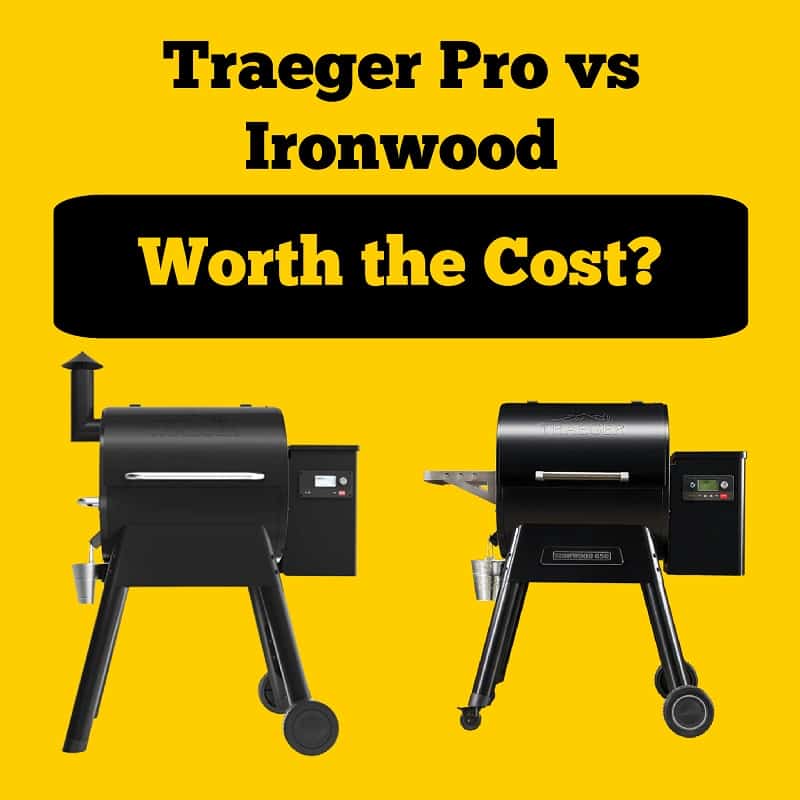
Factors to Consider
The best way to compare the Pro and Ironwood Traeger grills is to consider several of their features and functions. As such, let’s take some time to discuss their:
- Capacity
- Mobility
- Advanced Features
- Price
Capacity
While compact grills might be easy to tote around to your favorite outdoor spots, they don’t tend to offer high-capacity cooking options. This shortcoming can significantly reduce the amount of food you can cook, making for longer cooking times and frustrated loved ones.
But the Traeger Pro and Ironwood aren’t compact grills. Depending on the model you choose, you can enjoy between 572 sqin and 885 sqin of cooking space. You can use the chart below to gain a better understanding of how this capacity influences grilling capabilities.
| Hamburgers | Chickens | Rib Racks | Pork Butts | |
| Pro 575 | 25 | 5 | 4 | 4 |
| Pro 780 | 34 | 6 | 6 | 7 |
| Ironwood 650 | 30 | 8 | 5 | 6 |
| Ironwood 885 | 40 | 10 | 7 | 9 |
As you can see, the best grill for high-capacity cooking is the Ironwood 885, while the best for low-capacity grilling is the Pro 575. So, be sure to consider your grilling needs and expected guests when choosing a Traeger grill for your home.
For more information about the Pro series check out this detailed article about the differences between the Pro 575 and Pro 780.
Mobility
While you might not need to haul your grill to many different locations, it’s still crucial to consider grill mobility when selecting a model. After all, taking your grill to a local park, neighbor’s house, or outdoor cook-off competition means being able to move it around.
Fortunately, both the Traeger Pro and Ironwood grill series come with thick, all-terrain wheels that make them easier to roll around. The Traeger Pro grills also come with a side handle that makes it easier to lift and guide the grill.
However, transporting a Traeger Ironwood grill can be a little more challenging, as you’ll likely be tempted to use the included side shelf as a lift handle. This shelf can detach during transport, causing the grill to fall forward or back.
It’s also important to note that Traeger Pro and Ironwood grills weigh about 150lbs. They’re not designed to fit into compact vehicles or spaces, so transporting them can be challenging if you don’t have access to a flatbed pickup truck, moving van, or spacious SUV.
Still, both Traeger grill types have lockable wheels that add stability to your grill. As such, either option could be ideal for grilling in windy locations or slightly uneven terrain.
Features
Your grill’s features are bound to determine your grilling experience, which is why it’s crucial to consider them in detail before choosing a grill.
Both the Traeger Pro and Ironwood series offer a similar range of features, including:
- WiFIRE capabilities
- TurboTemp
- D2 controller
- All-terrain, lockable wheels
- Hopper cleanout door
- Porcelain-coated grill grates
- Included grease bucket and meat probe
However, the Traeger Ironwood series comes with a few additional features, such as:
- An internal pellet fill-level sensor
- Super Smoke Mode
- A side shelf with multiple tool hooks
It’s also worth noting that the Traeger Pro has a built-in chimney exhaust pipe, while the Traeger Ironwood does not.
Still, how do these features influence operation? Let’s take a closer look at a handful of them to find out more.
WiFIRE and D2 Controller
The box-shaped D2 controller found on both the Traeger Pro and Ironwood models makes it easy for home grill masters to operate their Traeger grill. This component has a small display screen, a simple selection knob, and a straightforward ‘ignite’ button for fast operation.
However, the Traeger Pro series controller doesn’t have quite as many buttons as the Traeger Ironwood series controller. The Ironwood also includes a timer button and buttons for ‘standby’ and ‘keep warm’ operation modes.
The Trager Ironwood grill D2 controller also has a button for the ‘super smoke’ operation, allowing the internal grilling chamber to fill with smoke for a thicker and more noticeable smoky flavor.
The Traeger Ironwood D2 controller also comes with several preset cooking temperatures and durations, making it easier to cook various meats, including brisket and chicken. You can also add your own presets for your favorite grillable meals.
But both of these Trager grills offer WiFIRE technology, allowing grill masters to control their grill’s temperatures and operations remotely via the Traeger smartphone app. This additional feature makes it easy for at-home cooks to operate their grill while also spending time with loved ones, watching a game, or prepping additional ingredients and meals.
TurboTemp
Any at-home grill expert knows that one of the most frustrating aspects of grilling is waiting for your grill to reach the desired temperature. While propane-based grills tend to reach optimal temps relatively quickly, charcoal and wood pellet fuels can be more challenging to work with.
Traeger’s TurboTemp feature helps lessen the time it takes for grills to reach a specific temperature, and they’re also capable of holding a temperature within a five-degree range.
This preciseness can help you begin grilling more quickly and safely, resulting in foods that are perfectly cooked but never burned. Both the Traeger Pro and Ironwood grills come with TurboTemp heating capabilities.
Hopper Cleanout Door
Getting rid of pellet ash can be a challenging task, as most hoppers are designed with small intake chutes and thick immovable walls. But the Traeger Pro and Ironwood grills come with a nifty hopper cleanout door that makes it far easier to empty your hopper.
This door is located on the right side of the hopper, allowing users to lift their grill (when it’s entirely off and cooled) to slide ash and burned pellets out. That said, this can be challenging to do with the Traeger Ironwood due to the absence of a side handle.
Included Accessories
Another aspect to consider when choosing a grill is the range of included accessories. Traeger grills (both the Pro and Ironwood series) come with a couple of accessories, including a grease bucket and meat probe.
Though these accessories might not be the most exceptional or hi-tech tools, they are practical additions that can help make it easier for you to grill high-quality foods and maintain your grill.
For example, the included grease bucket can store any fats that accumulate on the grease drip tray. Of course, the mouth of the bucket is far smaller than the width of the drip tray, so you’ll need to be careful when emptying the tray.
The meat probe can connect to the D2 controller, allowing you to perform probe cooking with ease. You’ll need to refer to your specific model guide to ensure you’re using your meat probe correctly.
Overall, both models offer a near-identical level of accessories.
Chimney Exhaust Pipe
One of the hallmark traits of Traeger grills is the smoky flavor they can imbue. These grills utilize wood pellets to generate both heat and smoke, making them ideal for those looking for that distinct flavor profile.
That said, controlling the amount of smoke in your Traeger grill is crucial to maintaining a specific temperature and creating a particular level of smoky flavor.
The Traeger Ironwood has a downdraft exhaust vent to provide maximum smoke flavor while the Traeger Pro series comes with a chimney exhaust pipe that lets smoke rise “up and out” over the meat.
Pellet Sensor
The Traeger Ironwood comes with a pellet sensor that allows you to monitor your hopper’s fuel level remotely. This feature is exceptionally useful for those grilling larger amounts of foods or those looking to grill often.
The sensor is located inside the pellet hopper, and it can experience occasional malfunctions when smoke levels reach a critical point. That said, it’s a relatively reliable tool that ensures maximum cooking efficiency with minimal risk to your person.
Remember, opening the hopper to add fuel to your grill can be dangerous if the grill is already operating. The pellet sensor feature reduces the danger of accidental burns or smoke inhalation by informing you of your current fuel level before, during, and after an operation.
Side Shelf
Having a convenient place to store your grilling tools (tongs, brushes, plates) can make your grilling experience far simpler and more enjoyable.
The Traeger Ironwood comes with an attachable side shelf that’s perfect for these tools, and the shelf has built-in loops that make it easy to hang your grilling tongs and brushes. The Traeger Pro grills do not have this side shelf.
However, the Traeger Pro series grills do come with a small handle in place of a shelf, making it far easier to empty the hopper and roll the grill to a new location. As such, when choosing between these grills, you’ll need to decide which is more important to you: Built-in shelf storage or easier lifting.
Price
Traeger grills aren’t the most budget-friendly wood pellet grills on the market, and you can expect to spend about $1,000 to own one. For example, the smallest Traeger Pro grill costs about $900, while the largest Traeger Ironwood grill costs about $1,600.
Now, the average pellet grill can cost between $500 and $9,000, depending on the grill’s size, features, and application (residential use vs. commercial use). Depending on your budget and grilling needs, you can expect to spend upwards of $1,000 on a high-quality grill.
That said, it’s not impossible to find wood pellet grills for less than this. For example, Grilla Grills and Z Grills both offer wood pellet grills at lower prices, making them the better option for those looking to stick to a tight budget.
Of course, if you are determined to own a Traeger Pro or Ironwood grill, you may be able to finance your purchase using Affirm. Naturally, your current credit score and history will determine your financing options and eligibility.
Traeger Pro vs. Ironwood: How Are They Different?
The primary difference between these Traeger grills is their design. The Traeger Pro 575 and 780 will not produce as much smoke flavor as the Ironwood grills due to the exhaust design and lack of Super Smoke Mode.
If you’re planning on investing in a Traeger Pro, you’ll also need to arrange to have a small side table nearby for plates and grilling tools. Otherwise, you may end up placing these items on top of the grill’s temperature control box.
Yet another difference to consider is capacity. The Ironwood 885 has an internal capacity of 885sqin, while the Traeger Pro 780’s internal capacity is 780 sqin. That’s a difference of more than 100 sqin!
Finally, there’s the issue of price. The Traeger Ironwood series costs several hundred dollars more than the Traeger Pro series.
So, in summary, these grills differ in terms of:
- Smoke exhaust capabilities
- Included surface storage
- Maximum cooking capacity
- Overall price
Final Verdict
Both the Traeger Pro and Traeger Ironwood grills are excellent choices. They’re both wood pellet grills that offer competitive grilling capacities, easy-to-use controls, and TurboTemp startup.
However, both of these Traeger grills are overpriced, especially compared to similar options from Z Grills and Grilla Grills. Those looking to score a high-quality grill while sticking to a budget might want to consider these alternatives instead of investing in a Traeger.

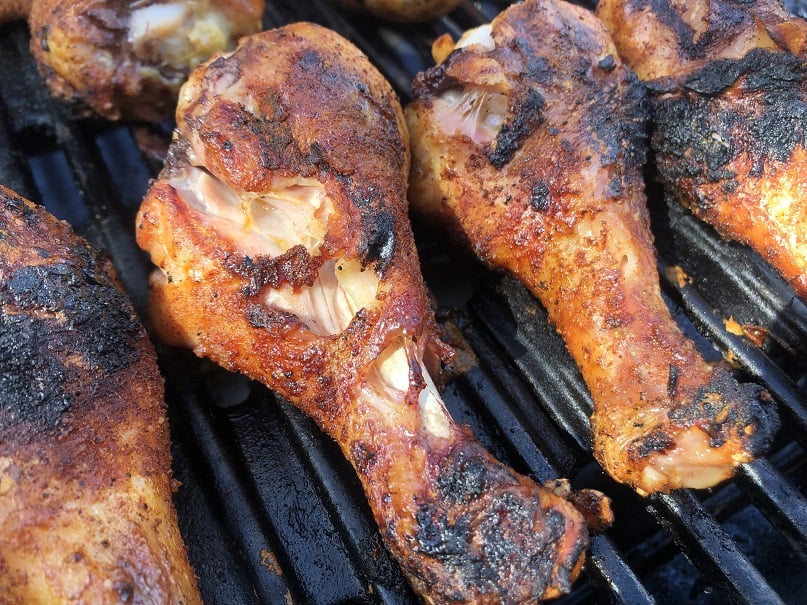
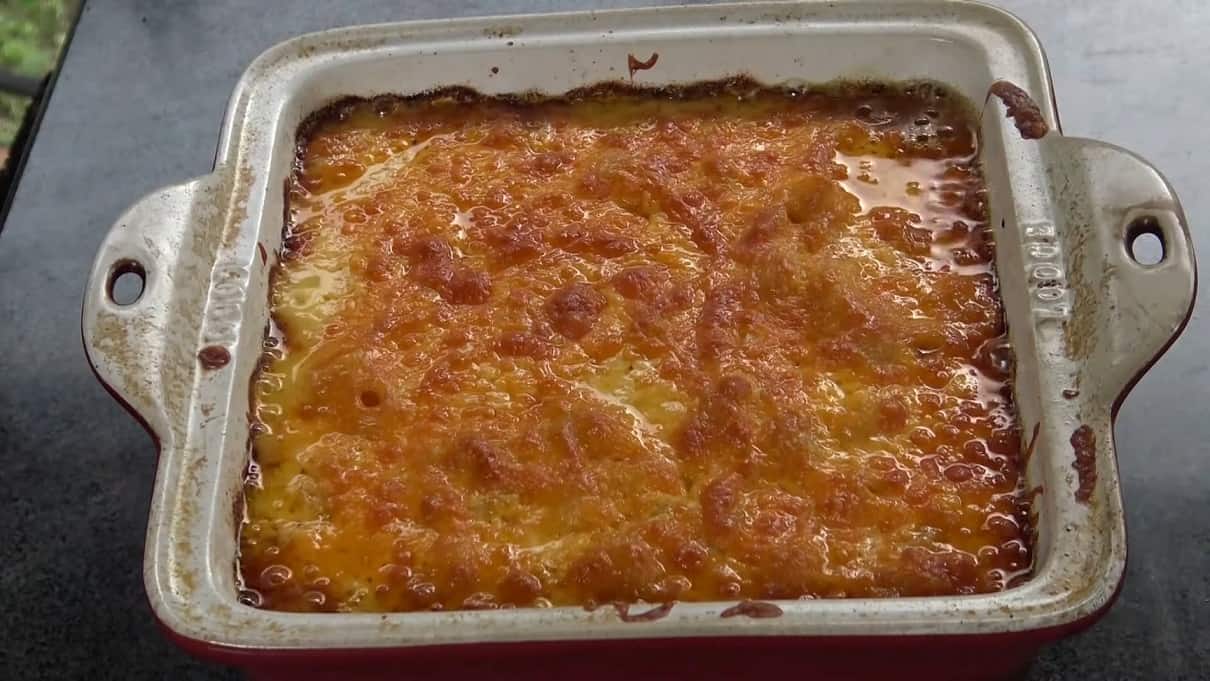


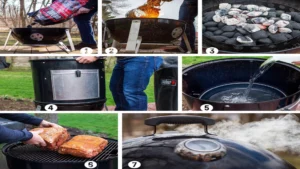


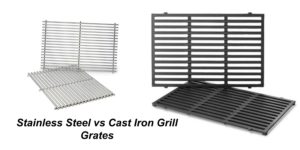
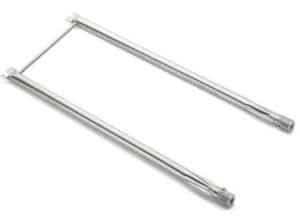


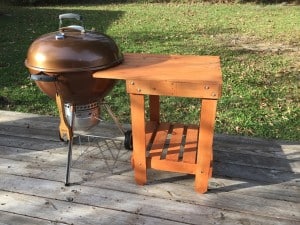
Post Comment